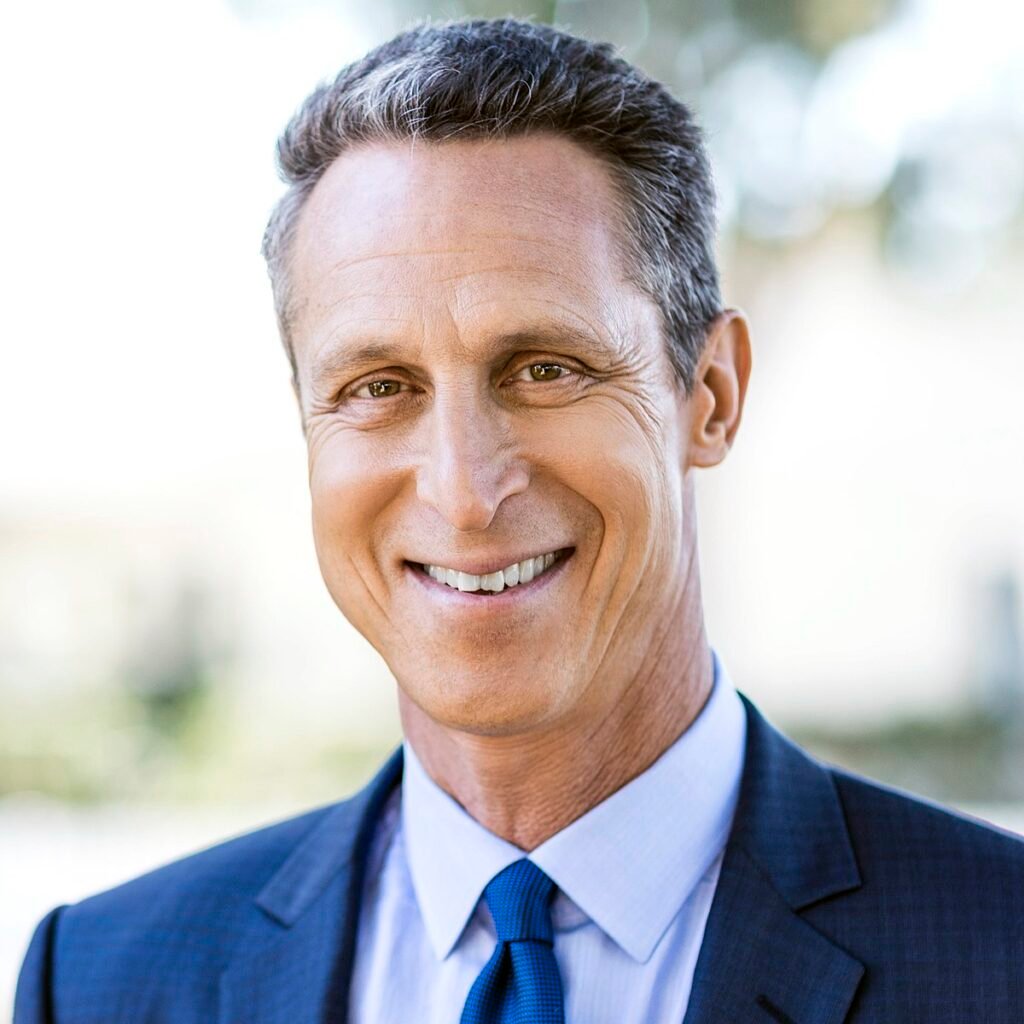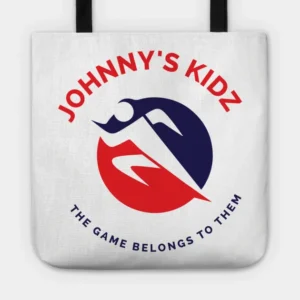The Rising Cost of Youth Sports: Who Gets to Play?
When the Price Tag Becomes a Barrier
“Remember when a game of catch in the park was all we needed? Now, it’s like you need a small loan to get your kid on the field.” – Coach Johnny
Introduction
The Changing Landscape of Youth Sports
Once a ubiquitous part of American childhood, youth sports have taken a turn.
Today, it’s about more than just passion for the game; it’s about who can foot the bill.
The rising cost is turning youth sports into a luxury few can afford.
Let’s explore how this shift affects families and kids and what we can do to level the playing field.
The Boom of Elite Sports Facilities
Today’s youth sports complexes?
They look more like mini-pro stadiums.
Places like Bo Jackson’s Elite Sports in Ohio offer everything from soccer and baseball to weightlifting and mental toughness training.
Imagine kids stepping into these high-tech arenas—it’s like a sports dream come true, complete with pro-grade fields and gear.
A Billion-Dollar Industry
- Big Bucks: The youth sports industry in the U.S. is expected to exceed $17 billion this year.
- High Investment: Some families are shelling out over $10,000 annually per child. That’s for coaching fees, equipment, travel, and elite team memberships.
- Specialized Coaching: In some cases, parents are paying up to $175 per hour for specialized coaching to boost their kids’ chances of making it to college sports.
The financial commitment is staggering.
For some, it’s an investment in their child’s future, while for others, it’s an insurmountable barrier.

“Youth sports should be a vehicle for all children to develop their physical, emotional, and social skills. The cost barrier undermines this goal.”
– Tom Farrey, Executive Director of Aspen Institute Sports & Society Program
The Disparity in Youth Sports Participation
Elite facilities and specialized training programs are booming, but there’s a catch.
The rising cost has created a barrier for many families.
Over the last decade, there’s been an 8% drop in kids participating in competitive sports.
Youth sports are a privilege for those who can afford it, leaving millions of kids on the sidelines.
Economic Divide
The gap is clear:
- Lower-Income Families: Households earning below $75,000 are far less likely to have kids in sports.
- Higher-Income Families: Those making $150,000 or more are more likely to have their children involved.
This economic divide means many kids miss out on sports’ physical, social, and emotional benefits.
The Decline of Publicly Funded Sports Programs
Remember the days when community sports were free or low-cost?
Those days are fading. Public funding cuts have slashed these opportunities.
In cities like St. Louis, Missouri, budget cuts have led to the closure of many rec centers and the decline of public parks and sports fields.
- Budget Cuts: Reduced public funding.
- Facility Closures: Many rec centers have shut down.
- Deterioration: Public parks and sports fields are falling into disrepair.
These trends make it even harder for kids from lower-income families to access sports.
“Physical activity, like that provided by youth sports, is crucial for preventing chronic diseases and promoting overall health in children.”
– Dr. Lisa C. Richardson, Director of CDC’s Division of Cancer Prevention and Control:

The Impact on Communities
With fewer public sports programs, a two-tier system has emerged.
Wealthier families can afford private clubs and travel teams, while lower-income families have limited options.
This system not only restricts access to sports but also deepens social inequalities.
Kids from less affluent backgrounds miss out on the community and personal development that sports offer.
Personal Stories of Struggle
The rising costs of youth sports hit families hard. Take Corinna Tucker from Hilliard, Ohio.
Her family moved to the area because of the great schools and opportunities.
But when her husband lost his job, the cost of joining a local soccer club for their daughters became impossible.
Despite living in a community known for its sports facilities, Corinna’s family couldn’t afford the fees.
This story highlights how today’s youth sports environment can be exclusionary.
The Role of Schools and Alternative Programs
Schools are also feeling the squeeze. Budget cuts and a focus on academic testing have slashed physical education programs.
- PE Requirements: Less than 4% of U.S. schools require daily physical education.
- Health Impact: This contributes to rising childhood obesity and related health issues.
As traditional avenues for physical activity diminish, the need for alternative programs grows more urgent.

“When youth sports become prohibitively expensive, we fail to nurture the talents and interests of countless children who could benefit greatly.”
– Mark Hyman, Author of ‘Until It Hurts‘
Seeking Solutions
Alternative programs have become a lifeline to combat the rising cost of youth sports in the form of faith-based organizations and charities.
These programs provide critical opportunities for kids from low-income families to engage in physical activity and develop important life skills.
These efforts are vital in bridging the gap created by the rising cost of traditional youth sports.
Addressing the Crisis
The current state of youth sports in America is more than a financial issue—it is a health and social crisis.
- Low-Income Households: About 25 million school-age children live in low-income households.
- Exclusion: Many of these kids are being priced out of sports participation.
This exclusion isn’t just unfair; it can have long-term negative effects on:
- Physical Health: Increased risk of obesity and related health issues.
- Social Development: Missed opportunities to build teamwork and leadership skills.
- Future Opportunities: Less access to potential scholarships and athletic career paths.
“Access to youth sports is a matter of equity and inclusion. Every child deserves the chance to play, regardless of their family’s income.”
– Nicole LaVoi, Director of the Tucker Center for Research on Girls & Women in Sport

FAQ
Why are youth sports becoming more expensive?
The rising cost of youth sports continues to rise due to the increase in elite sports facilities, specialized coaching, travel teams, and high-quality equipment.
These factors make it challenging for many families to afford participation.
How does the cost of youth sports affect participation?
The rising cost creates a barrier for low-income families, leading to declining youth sports participation.
This financial divide means fewer children have access to the benefits of athletic activities.
What are the benefits of youth sports for children?
Youth sports help with physical development, social skills, teamwork, and discipline and can provide future opportunities, such as scholarships and careers in sports.
How can alternative programs help?
Faith-based organizations and charities often provide low-cost or free sports programs for children from low-income families, helping to bridge the gap created by traditional sports’ high costs.
What can communities do to address the cost issue?
Communities can advocate for more public funding for sports programs, support alternative initiatives, and work towards making sports more accessible and inclusive for all children.

“Affordable sports programs are essential for developing well-rounded children who excel not only on the field but in life.”
– Wayne B. Moss, Executive Director of National Council of Youth Sports
Conclusion
The rising cost of youth sports creates a divide that leaves many children on the sidelines.
This exclusion significantly affects their physical health, social development, and future opportunities.
Physical Health
Children who miss out on sports are more likely to experience health issues such as obesity, diabetes, and heart disease.
Sports provide a vital outlet for physical activity, helping kids stay fit and healthy.
The lack of participation can lead to sedentary lifestyles, increasing the risk of these chronic conditions.
Social Development
Youth sports are not just about physical activity; they are a powerful tool for socialization.
They teach children teamwork, communication, and leadership skills.
Kids who do not participate in sports miss out on these critical opportunities for social interaction and personal growth.
They may also feel isolated from their peers involved in these activities.
Future Opportunities
Sports are a pathway to higher education and careers for many children.
Scholarships and collegiate opportunities often hinge on athletic participation.
By excluding children from sports due to high costs, we limit their potential and reduce their chances of pursuing higher education and professional careers.
However, there is hope. We can address these challenges through concerted community efforts and make youth sports accessible.
Here are some ways to achieve this:
- Support for Alternative Programs: Organizations and charities are crucial in providing affordable or free sports programs. By supporting these initiatives, we can offer more children the chance to participate in sports regardless of their family’s financial situation.
- Increased Public Funding: Advocating for more public funding for youth sports programs is essential. Government and local authorities must recognize their importance and allocate resources to maintain and develop public sports facilities and programs.
- Community Efforts: Communities can come together to create inclusive sports environments. This includes organizing local fundraisers, volunteering for coaching, and establishing scholarship programs for underprivileged children.
By taking these steps, we can work towards a future where youth sports are inclusive and accessible.
Every child deserves to play, grow, and thrive through sports.
It’s not just about building athletes; it’s about nurturing well-rounded individuals who can contribute positively to society.
Together, we can ensure that the love of the game remains within reach for all children, breaking down financial barriers and fostering a more equitable playing field.
Call to Action
Join Coach Johnny in cultivating the next generation of youth sports athletes.
Let’s come together to make youth sports accessible for all children.
The time to act is now; we can make a tangible difference in several ways.
Support Local Programs
Many local sports and community centers rely heavily on volunteers and donations.
By getting involved, whether through coaching, organizing events, or simply cheering from the sidelines, you can help sustain these essential programs.
Your participation ensures that children in your community have a place to play and develop.
Advocate for More Public Funding
Public funding is crucial for maintaining and expanding youth sports programs.
Contact your local government representatives, attend town hall meetings, and advocate for allocating funds for public sports facilities and programs.
Highlight the benefits of youth sports, such as improved physical health, social skills, and community cohesion.
Your advocacy can lead to increased investment in these critical areas.
Donate to Organizations
Numerous organizations and charities are dedicated to providing sports opportunities for low-income families.
Consider making a financial contribution to these groups.
Your donations can help cover equipment, uniforms, travel, and facility maintenance costs (another rising cost), making sports more affordable for needy families.
Research and choose reputable organizations that align with your values and goals.
Promote Inclusivity
Encourage sports organizations and clubs to adopt inclusive policies that lower the financial barriers to participation.
These might include sliding-scale fees, payment plans, or scholarships.
By advocating for these changes within the organizations you are involved with, you can help create a more inclusive environment for all children.
Organize Fundraisers
Community fundraisers are a fantastic way to raise awareness and generate funds for youth sports programs.
Host a charity run, a local tournament, or a community fair. All proceeds will support local sports initiatives.
These events not only raise money but also bring the community together in support of a common cause.
Educate and Raise Awareness
Use your voice to spread the word about the importance of accessible youth sports.
Share articles, statistics, and personal stories on social media (like johnnyskidz.com), write to local newspapers, or speak at community events.
Raising awareness can inspire others to get involved and take action.
Volunteer Your Time (Like I do)
Time is one of the most valuable resources you can give.
Volunteer to coach, referee, or assist with administrative tasks for local sports programs.
Your involvement can make a significant difference in keeping these programs running smoothly and ensuring they remain accessible to all children.
Together, we can ensure every child has the chance to benefit from the joys and lessons of sports.
These steps can create a more inclusive, supportive, and healthy environment for our youth.
Let’s work together to break down the barriers and open the field to all kids, regardless of their economic background.
Sports have the power to transform lives, and with your help, we can make that transformation possible for every child.
Join the JK Tribe
Coach Johnny is a youth sports coach with over 30 years of experience. He continues to coach various sports in various age groups (pre-high school) for all genders. He is also the founder of Johnny’s Kidz and the JK Tribe. If you would like to support his journey and become a Tribe member, reach out and Buy Coach A Cup of Coffee.
Remember, The Game Belongs to Them!
DISCLOSURE: We often review or link to products and services we regularly use and think you might find helpful. Wherever possible, we use referral links, which means if you click one of the links in this video or description and make a purchase, we may receive a small commission or other compensation.
We’re big fans of Amazon, and many of our links to products/gear are to those products on Amazon. We participate in the Amazon Services LLC Associates Program, an affiliate advertising program designed to allow us to earn fees by linking to Amazon.com and related sites.

